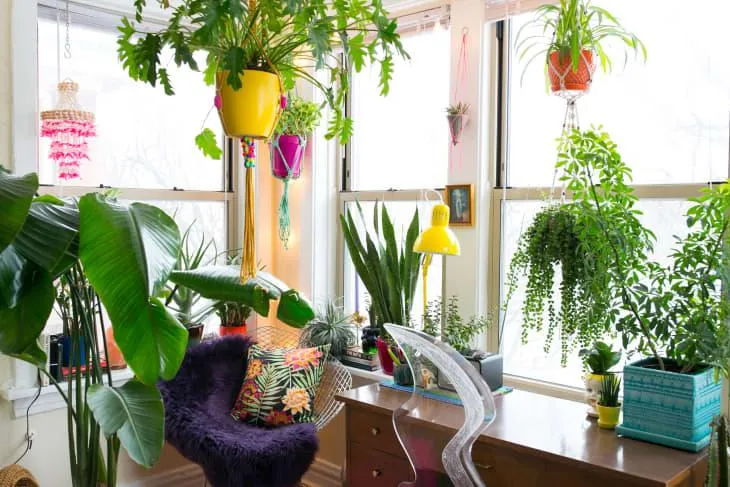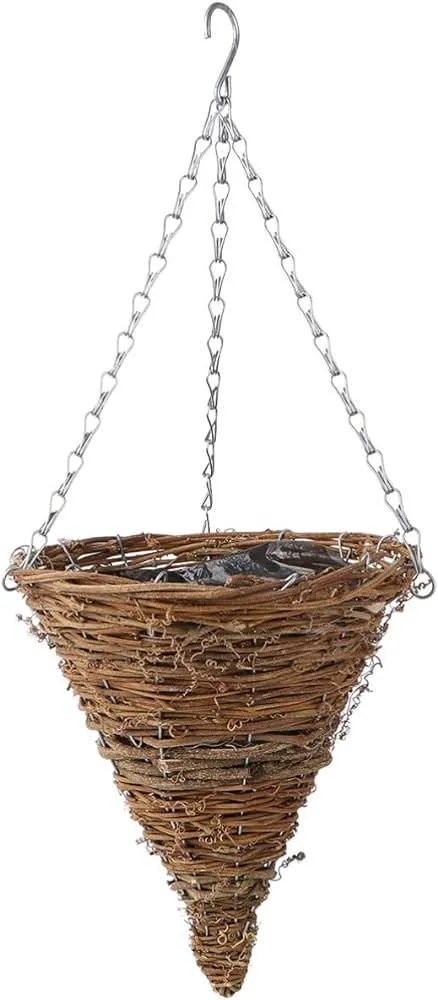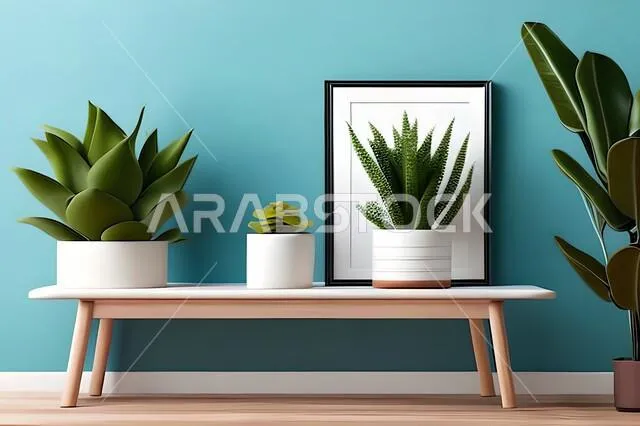The Ultimate Guide to Hanging Potted Plants Indoors
Whether you’re looking to add some greenery to brighten up your home or office, hanging potted plants are a stylish and versatile option. In this article, I’ll cover all the basics of successfully growing hanging plants indoors, from choosing the right plants to watering and care tips. By the end, you’ll have everything you need to start your own hanging garden!
Selecting Plants
The first step is selecting potted plants that will thrive when hung. Here are some top options to consider:
- Pothos – Known as the “forever plant,” pothos is extremely hardy and tolerant of low light. It comes in various leaf patterns like marble queen and neon.
- Philodendron – Like pothos, philodendron does well with minimal light. Some popular types are brasil, heartleaf, and selloum. Their foliage comes in an array of shapes and colors.
- English ivy – With its trailing vines, English ivy works beautifully hanging from baskets or shelves. Just be aware it can be invasive if conditions are right.
- Spider plant – Their long grass-like leaves and baby plantlets make spider plants visually interesting hangers. Plus, they’re low maintenance.
- Succulents – String of pearls, string of dolphins, and string of bananas give a lush look with their cascading forms. Succulents adapt well to different light levels too.
In general, peperomias, ferns, and Swedish ivy also adjust nicely to hanging indoors. Avoid plants like peace lilies that prefer moist soil, as they may not drain well in hanging containers.
Picking Containers
When selecting hanging planters, there are a few things to keep in mind:
- Drainage holes – Proper drainage is essential, so all containers need holes to release excess water.
- Size – Choose a container proportionate to the plant but large enough to allow good growth. Crowding roots can stunt plants.
- Material – Terra cotta, plastic, and fiberglass are durable options that won’t retain too much moisture. Avoid materials like untreated wood that may rot.
- Hanging hardware – Make sure the planter and hanging mechanism can support the weight when wet. Macrame hangers work great or use chains, ropes, or hooks.
Baskets, trays, bottles, and accessories like hanging pots with extending arms offer different visual designs too. The options allow for customizing your space!
Picking a Spot
Locating your hanging pots is just as vital for healthy plants. Here are things to consider for positioning:
- Light – Most houseplants thrive in medium to low light areas like under patio covers or near east, west, or south-facing windows.
- Height – Hang pots high enough—at least 2-3 feet—to allow good airflow and prevent moisture issues on shelves below.
- Access – Make sure the spot allows you to easily water, fertilize, and observe your plants regularly for any issues.
- Support – Test that your ceiling or wall joists/materials can bear the weight before installation to avoid accidents.
Office cubicles, above kitchen counters, on front porches, or at the end of bedrooms are all suitable spots with the right conditions.

Caring for Hanging Plants
Once your setup is complete, here are some care tips to keep your plants thriving:
Watering
– Check soil moisture frequently and water when dry an inch or two down. Allow to drain completely between waterings.
Light
– Rotate periodically if multiple sides receive varying light to encourage even growth. Move if light levels change with seasons.
Fertilizing
– Use a diluted liquid houseplant food monthly March-September. Follow label directions carefully to avoid burning roots.

Pruning
– Trim off any damaged, drying, or diseased parts to promote new growth and prevent illness spread. Propagate removed portions in water or soil.
Checking soil/roots
– Replenish potting mix yearly or sooner if it breaks down fast. Check for potential root rot or issues and address properly with remedies.
With regular upkeep like described above, your hanging plants will be thriving for many years to come! Don’t stress over occasional imperfect care either, as most houseplants are resilient.
Troubleshooting Common Problems
While prevention is best, here are solutions if your hanging garden does experience issues:
- Sad, limp, or droopy leaves usually indicate underwatering. Thoroughly water and check drainage/dryness thereafter.
- Brown or yellow spots and mushy leaves/stems may signal overwatering. Improve drainage and allow soil to fully dry between waterings.
- Spiders, webs, or bugs indoors usually originate from purchased plants. Isolate plants and gently wash pests off with water or use natural sprays.
- Leggy, stretched growth means insufficient light. Rotate plants weekly for full spectrum or move closer to a bright window.
- Leaf drop or wilting could mean it’s time to refresh soil, downsize the pot, or address any root issues hidden below surface.
With some TLC, your hanging garden will bounce back in no time. Sometimes a little trial and error is part of the journey, so don’t fear plant parenthood imperfections!

Enjoying Your Hanging Garden
With any luck, by following these indoor plant hanging tips you now have a lush oasis overhead or dangling down. Be sure to share plant news on social media with gardening buddies too! Over time, you may find yourself transforming additional spots with different plantings for constantly changing scenery.
Judging by green trends across interior design shows, lifestyle blogs, and home retailers – hanging planters are here to stay. Not only do they instantly elevate any space, but their care also brings countless hours of calm joy from nurturing natural beauty. Before you know it, you’ll be an avid plant collector! Wishing you many happy years of your hanging garden. Thanks for reading!
Factors to Consider When Choosing Hanging Plants for Indoor Display
| Plant Type | Light Needs | Water Needs | Size |
|---|---|---|---|
| Pothos | Low to Medium | Allow soil to dry slightly between waterings | Will trail several feet from pot |
| English Ivy | Low to Bright Indirect | Water when top inch of soil is dry | Can grow several feet long |
| Spider Plant | Bright Indirect | Allow soil to dry slightly between waterings | Multiple leafy stems 12-24 inches tall |
| Philodendron | Medium to Bright Indirect | Water when top inch of soil is dry | Can grow several feet long, vining or bushy |
| Peperomia | Bright Indirect | Allow soil to dry slightly between waterings | Variety of sizes from 4-12 inches tall |
FAQ
-
Where’s the best area to put my hanging plants?
A really excellent space for hanging plants indoors is over a window. This allows them to get natural light so they will thrive. At the same time, placing them up high means they will sort of maximize your vertical space and not take up floor area.
-
What kinds of pots should I use?
Hanging baskets or other containers meant for hanging will work best. You want pots that have holes in the bottom for drainage. Otherwise, the soil may get too soggy. Mesh or rattan baskets are pretty and let air circulate to the roots. Just don’t use something extremely heavy that could damage your walls or ceiling over time.
-
How do I water hanging plants?
When watering hanging plants, you basically want to thoroughly soak the soil until water drains out the bottom holes. Letting the soil dry out partly between waterings is good—maybe every 5 to 7 days for most types. You may have to get kind of creative in how you position a watering can spout or water bottle nozzle to aim the water at the plant from below without spilling tons.
-
Won’t they droop from being heavy with water?
It’s true that when soaked, hanging baskets can feel weighty and possibly droop a little. Although, amazingly, once the excess water has drained away, the plants perk right back up as the soil lightens. To help, you can water them early in the day so they have time to dry out before nightfall. Or use a pebble tray—the humidity this creates may prevent wilting.
-
How do I keep them looking nice?
To keep hanging plants looking their best, make sure to remove any dead or drying leaves promptly. Trimming leggy growth or rearranging the plant parts every now and then also spruces them up. You may find yourself getting a little obsessive about wanting everything positioned perfectly! Dust the leaves occasionally too for a clean appearance.

-
What if my cats try to chew on them?
If you have curious cats in the house, you’ll want to choose non-toxic plant types just to be safe. Also, hang plants up out of paw’s reach as much as possible. Or you can try repellents made for plants. Perhaps covering the soil in rocks or pebbles could discourage pot chewing as well. You might ask an expert at the garden store for other suggestions to cat-proof your hanging plants!
In conclusion, hanging potted plants can really spruce up any indoor space. With some key tips like choosing the right location and containers, watering properly, and doing a bit of maintenance, your hanging plants should thrive for a long time. They add beauty overhead without taking up valuable floor space. Just watch out for any plant-munching kitties!
